Worksheets About Clouds
Clouds are a fascinating entity in the sky that capture the attention and curiosity of many individuals, especially those with an interest in meteorology or earth science. Whether you are a teacher looking for engaging materials to educate your students about clouds or a parent seeking interactive activities to spark your child's curiosity, worksheets can be a valuable resource to enhance learning and understanding.
Table of Images 👆
More Other Worksheets
Kindergarten Worksheet My RoomSpanish Verb Worksheets
Cooking Vocabulary Worksheet
DNA Code Worksheet
Meiosis Worksheet Answer Key
Art Handouts and Worksheets
7 Elements of Art Worksheets
All Amendment Worksheet
Symmetry Art Worksheets
Daily Meal Planning Worksheet
What is a cloud?
A cloud is a mass of tiny water droplets or ice crystals suspended in the atmosphere, typically comprising visible condensed water vapor.
How are clouds formed?
Clouds are formed when water vapor in the air cools and condenses into tiny water droplets or ice crystals around particles like dust or salt. As the air rises and cools, it reaches its dew point, causing the water vapor to condense and form visible clouds in the sky.
What are the three main types of clouds?
The three main types of clouds are cirrus clouds, which are thin and wispy high-altitude clouds; cumulus clouds, which are fluffy and white with a flat base and often signal fair weather; and stratus clouds, which are layered and cover the sky like a blanket, often bringing overcast and drizzly conditions.
How do stratus clouds look like?
Stratus clouds typically appear as layered, smooth, and featureless sheets covering the sky. They are usually gray or white in color and can stretch over large areas, giving the sky a dull, overcast appearance. Stratus clouds are low-lying clouds that can bring light rain or drizzle, and are associated with stable weather conditions.
What are cumulus clouds?
Cumulus clouds are large, fluffy clouds typically seen on fair weather days. They are formed by rising air currents carrying moisture that condenses into droplets at higher altitudes. Cumulus clouds have a distinct puffy appearance with flat bases and rounded tops, and often signal a stable atmosphere.
What causes the formation of cumulonimbus clouds?
Cumulonimbus clouds are formed due to strong updrafts of warm, moist air that rise rapidly into the atmosphere. As the air rises, it cools and condenses, leading to the development of towering clouds with a distinctive anvil shape. These clouds are associated with thunderstorms, heavy rain, lightning, and sometimes even hail and tornadoes.
How do nimbostratus clouds differ from other types of clouds?
Nimbostratus clouds are a type of low-level cloud that are thick, dark, and gray in appearance, often stretching across the sky for long distances. Unlike other types of clouds, nimbostratus clouds are associated with continuous, steady precipitation such as rain or snow. They are often the result of warm, moist air being lifted over colder air, leading to their widespread coverage and ability to produce prolonged periods of precipitation.
What are altostratus clouds?
Altostratus clouds are mid-level clouds that typically form as a gray or blue-gray sheet covering the sky. They are not as thick as nimbostratus clouds and are usually composed of ice crystals and water droplets. Altostratus clouds often indicate the presence of an approaching warm front and can bring continuous and steady precipitation.
How do cirrus clouds appear in the sky?
Cirrus clouds appear as delicate, wispy clouds high in the atmosphere, often resembling thin, wispy strands or patches. They are typically white or light gray in color and are composed of ice crystals that form at altitudes of 20,000 feet or higher, giving them their distinctive appearance in the sky.
What are the different cloud formations that can be observed?
There are various types of cloud formations that can be observed, including cumulus clouds which are fluffy and white with flat bases, cirrus clouds which are thin and wispy high-altitude clouds, stratus clouds which are low, gray clouds that form in uniform layers, nimbostratus clouds which are thick, dark gray clouds that bring steady rain or snow, and cumulonimbus clouds which are towering, often associated with thunderstorms, and bring heavy precipitation.
Have something to share?
Who is Worksheeto?
At Worksheeto, we are committed to delivering an extensive and varied portfolio of superior quality worksheets, designed to address the educational demands of students, educators, and parents.

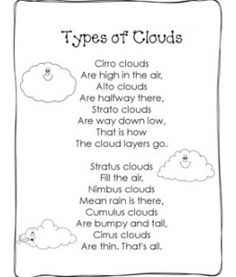




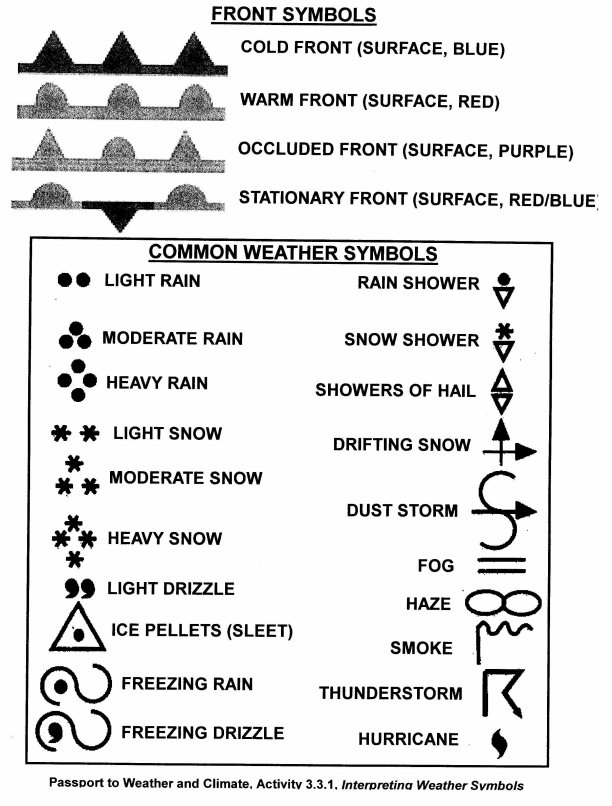
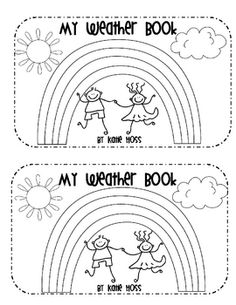

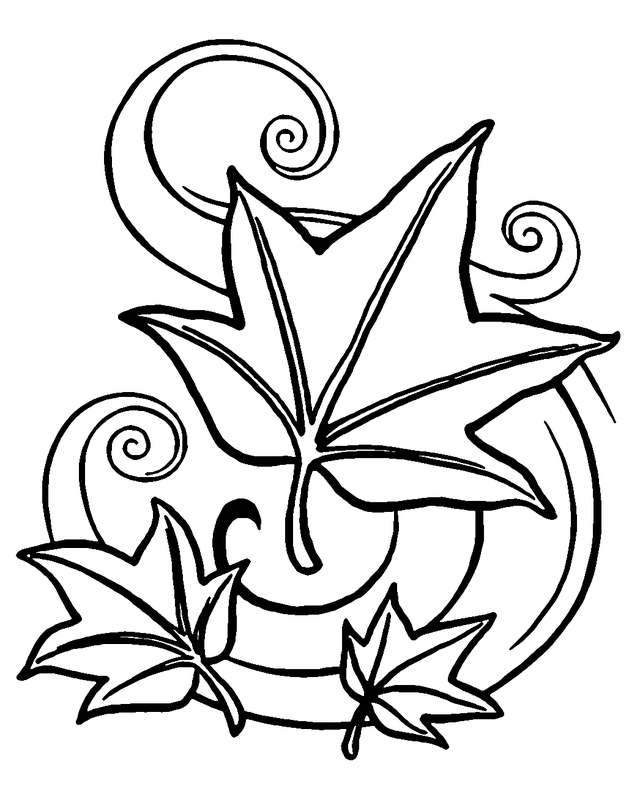
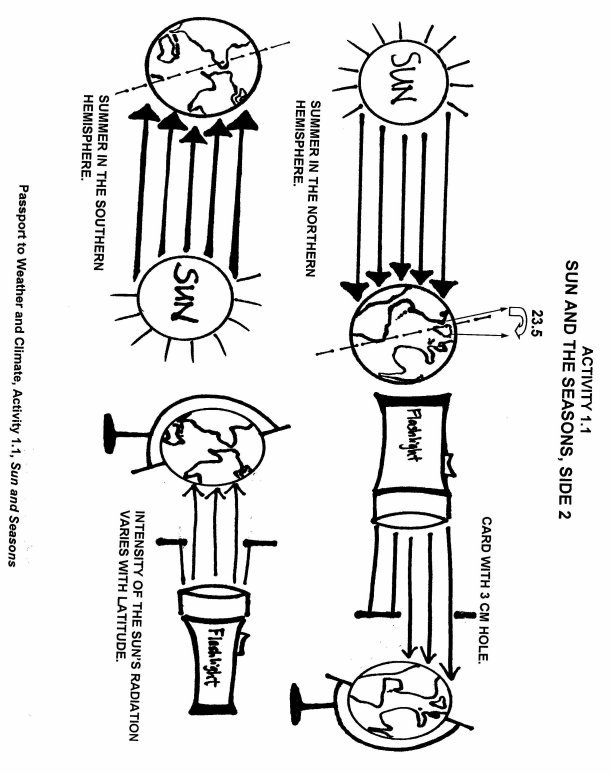
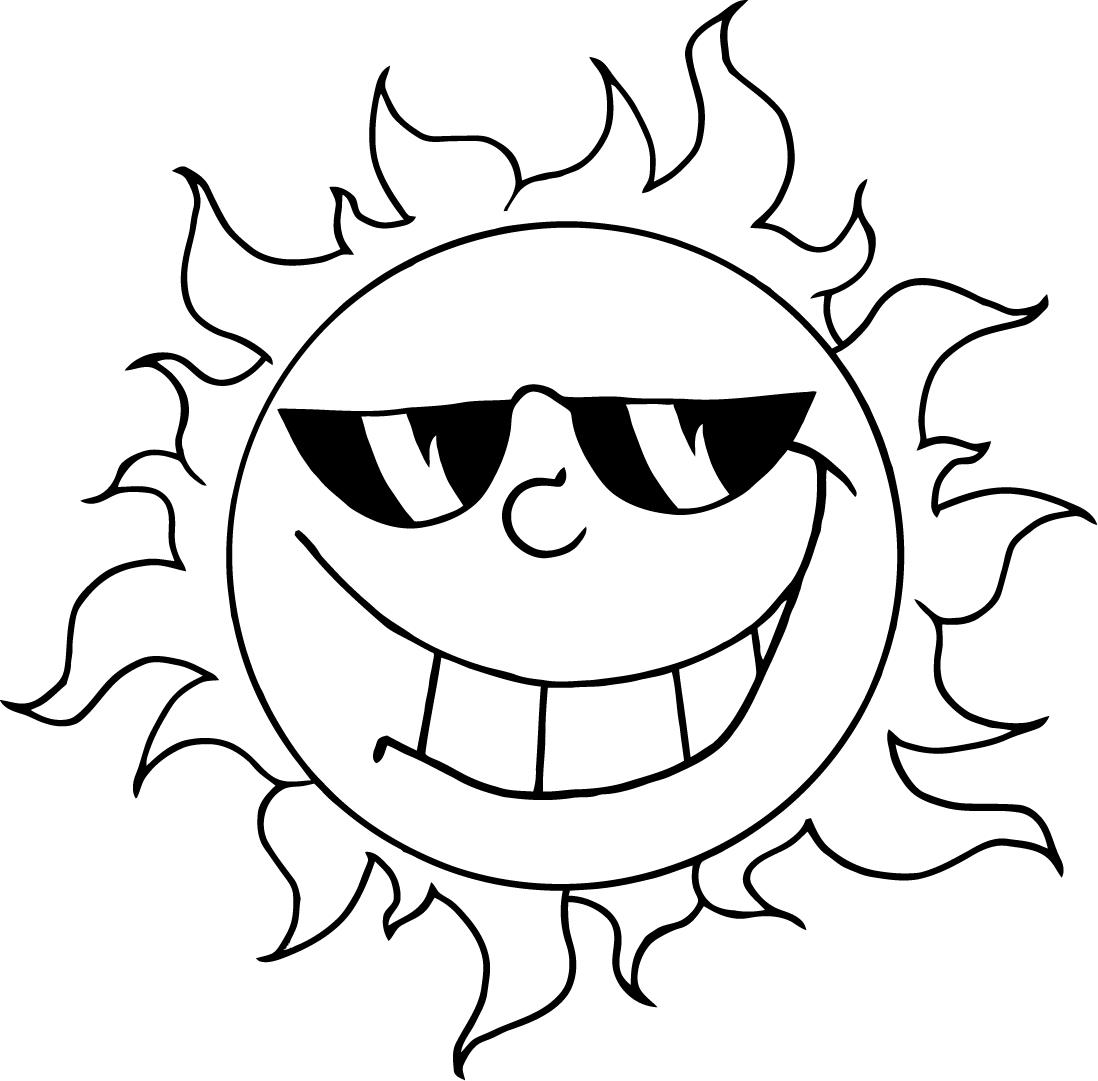
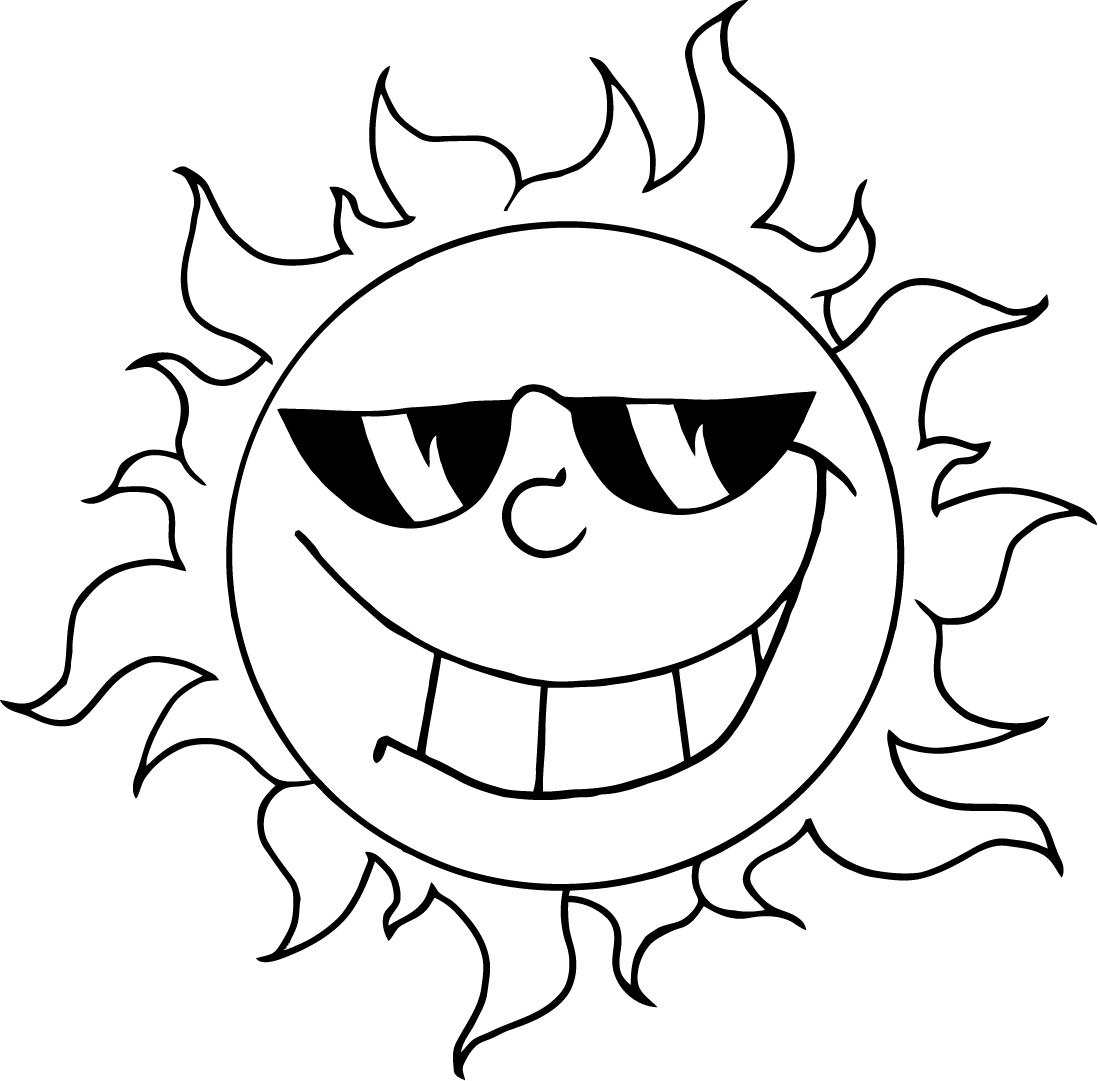














Comments